Foreign wrestlers collide with Japanese traditional sumo wrestling
In the 13th century, the Mongol army swept all countries and established the largest empire in the history of mankind. Among the East Asian countries, only Japan faced two conquests by Mongolia, but luckily escaped and avoided the fate of being ruled. As everyone knows, in the 21st century, a certain field in Japan has almost been conquered by the Mongols.
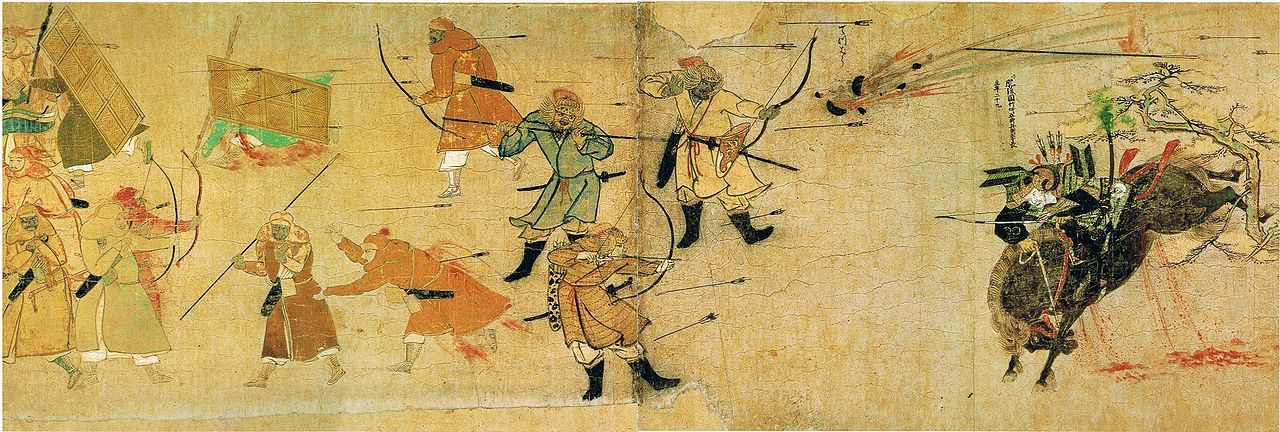
" Sumo " is known as Japan's national skill, just like Taekwondo is to Korea and Muay Thai is to Thailand. In Japan, sumo has various competitions, among which the highest-level professional sumo, also known as " Grand Sumo ", is organized by the " Japan Sumo Association ". During the game, Japan's public television NHK TV must broadcast live, and the seats on the spot are often full. Notice, good location, the ticket price is not cheap, the best location, not even the average person can buy it.
Foreigners may have the impression of Japanese sumo as two big fat men in loincloths, pushing each other in a circle. Indeed, looking only at the appearance, most modern sumo wrestlers are getting bigger and bigger, and their weight is getting more and more amazing. However, written by Japanese painters more than 100 years ago, it is said that the ancestors of Japanese sumo, "Nomi Sune" and "Touma Kesu", do not look like fat men. The strong muscles and bones can be seen in the picture.

The legendary wrestler " Bai Peng ", who announced his retirement a while ago, is 192cm tall and weighs 151kg. Compared with the ancient Japanese, he is definitely a giant-like existence. (The title of the Japanese country did not come out of thin air 😉)
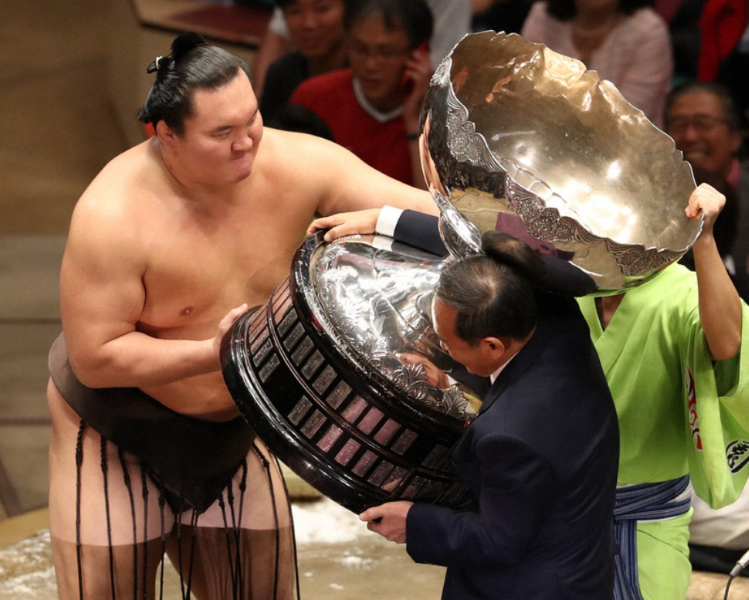
It is not without the relatively thin sumo wrestlers, but it is difficult to stand out in the modern grand sumo competition. I was impressed by the "Little Soldier" Rishi Mai Nokai 's best results once came to "Summary", "Yokozuna" is the highest rank, and this rank is equivalent to the fourth rank. In fact, at his peak, he was 171cm tall and weighed 101kg, which was considered solid and heavy among ordinary people. (Note: "Little Soldier" refers to a small person. This term is usually seen in the sumo world. The level rules of sumo are different from other competitions, and the opponents are not divided by weight. Mai Nokai once competed with the heaviest wrestler Xiaojin in history. (285kg) has fought. Facing a meat tank, even if standing still, it is difficult for ordinary people to push him.)
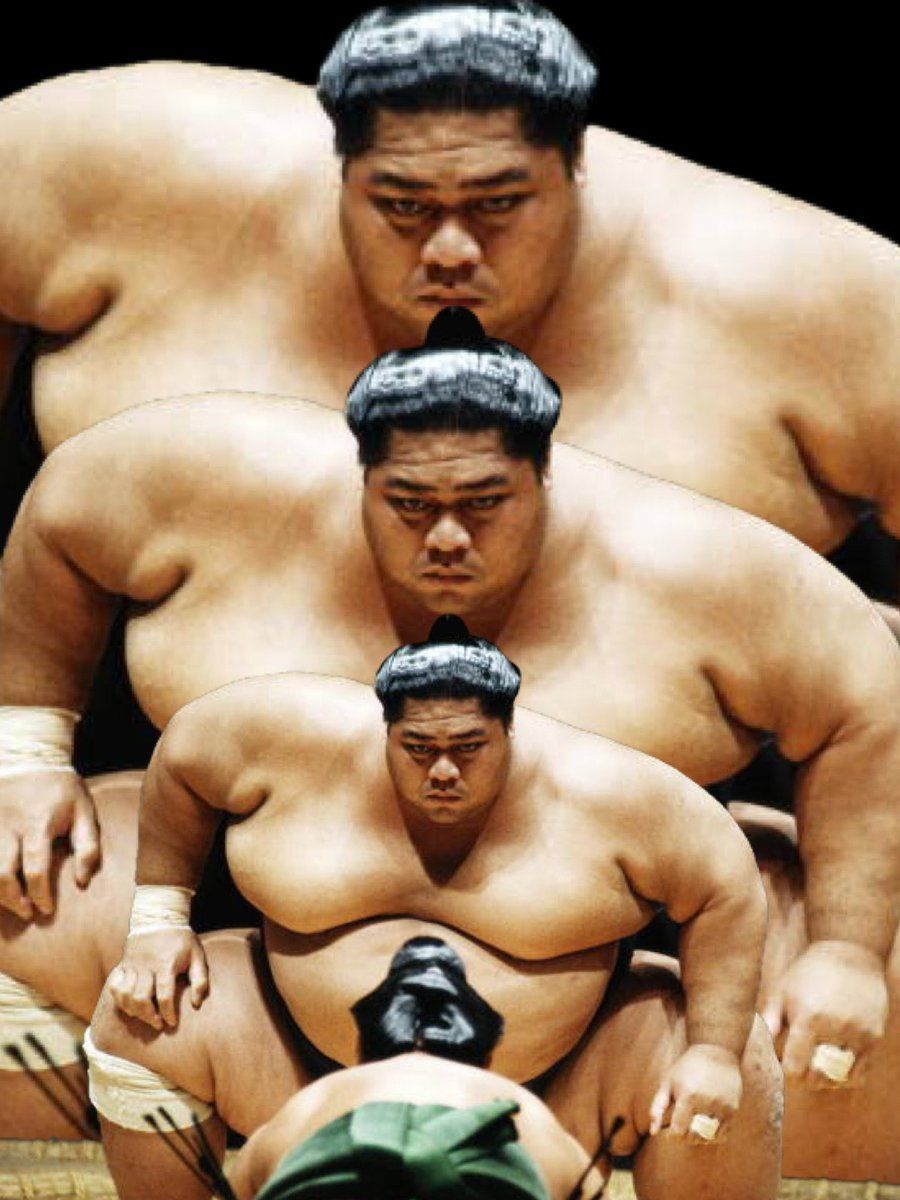
Since it is known as Japan's national skill, sumo wrestlers must be mainly Japanese. Although there are audiences who like to watch sumo all over the world, they must also be Japanese in the majority. Under such circumstances, I never imagined that in the past ten years, the upper class of sumo was almost occupied by wrestlers from Mongolia. Since the first "place" in 2006, for a full 10 years, no wrestler from pure Japanese origin has won the championship. It was not until 2016 that the "dark age" of Japanese wrestlers was ended by Oiseki Kotosaku . The news of the victory made the Japanese overjoyed, the media hyped it up, and even outsiders appeared. (Note: The Japanese "place" refers to a period of a professional sumo competition. In a period of 15 days, a wrestler plays 1 match a day, which means that 15 consecutive days are 1 place. In a 15-day match, the most victories are won. The winner is the winner. In addition, there are 6 "places" in 1 year, and a wrestler can play 90 games in 1 year "without injury or disease, and in all appearances", but all appearances are too difficult.)
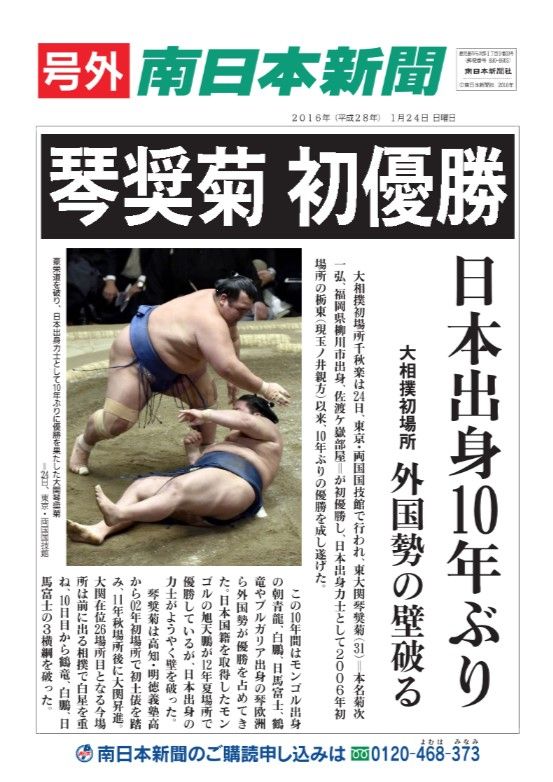
The "Dark Ages" of Japanese wrestlers can be viewed in two aspects. Foreign wrestlers are stronger than Japanese wrestlers, or Japanese wrestlers are generally weaker. Let me talk about my own personal observation first, I am more inclined to the view that the Japanese wrestlers have become weaker. In the case of two people fighting, the strength and weakness are corresponding. Foreign wrestlers (mainly Mongolian wrestlers in this paragraph) are stronger and definitely occupy a certain proportion, but I think the proportion is not large. After all, both sides belong to the East and their physique Little difference. I myself began to care about sumo around 1995. In those years, the popularity of the two Ruogui brothers and wrestlers exploded. The seats for the official competition were full. Sumo fans were like star chasing. go. At that time, his younger brother Yokozuna Takano Hana was really strong, and the department he belonged to was also full of talents. According to the rules of sumo wrestling, wrestlers from the same house (same sect) do not fight, and they also help him avoid many difficult fights and get very good results. Interjection, I don’t know if anyone remembers the news that Takanoka and Miyazawa Rie released the news of their marriage. At that time, it was Takanoka’s brightest moment. Although it broke down later and the marriage was not completed, it is said that his advertising expenses at that time could easily exceed 100 million days. Yuan. During the period before and after your retirement in 2003, there were no very strong Japanese people. A few people occasionally won the championship, but they were unable to maintain good results stably for a long time. Mongol Lux also began to rise around this period.
Before the rise of Mongolian wrestlers, foreign wrestlers were not only Mongolians. Earlier foreign wrestlers, American Hawaiian wrestlers also dominated the world of sumo. It can also be said that Hawaiian wrestlers opened the road to the internationalization of Japanese sumo. In 1972, American Takamiyama became the first foreign wrestler to win in the history of Japanese grand sumo. Although his highest position was only at Sekiwaki (third rank), he excavated fellow villagers like Xiaojin, Ake and Musashimaru to come to Japan, and Ake became the first foreigner yokozuna in history (1993).
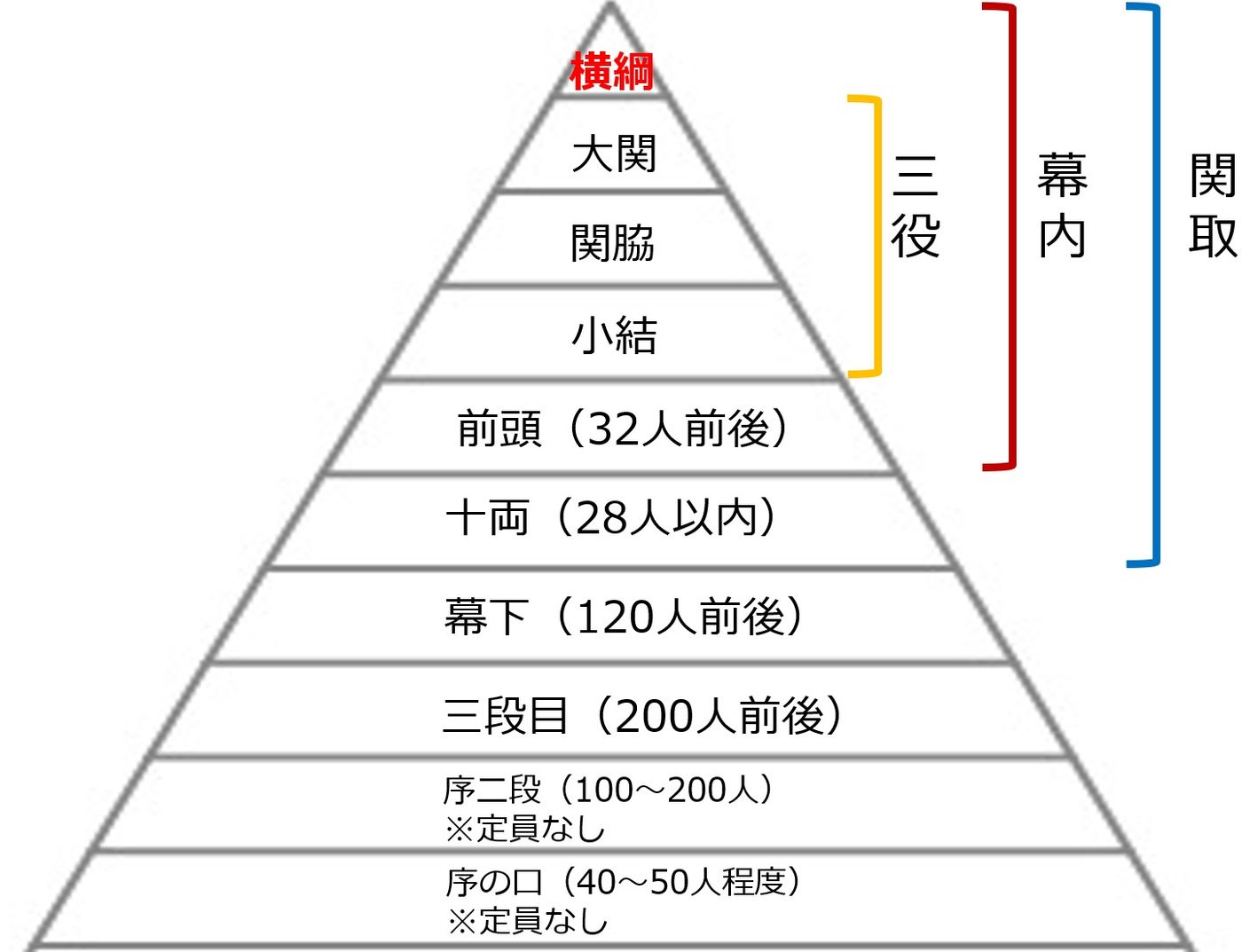
The most unfortunate thing is actually Akebono's fellow village senior, Xiaojin, who could have become the first foreigner yokozuna earlier than Akebono. In 1992, Xiao Jin was interviewed by the American news media "New York Times", and he revealed that if I were Japanese, I would have risen to yokozuna earlier. The Japanese Sumo Association at that time did not agree with his promotion to Yokozuna, on the grounds that the unwritten internal regulations did not meet the "Ozeki status [ consecutive ] to win 2 times" (Ozeki is the second highest rank). Xiaojin suffered a loss because she did not win consecutively. Although she did not win the second consecutive victory, she also achieved good results. The winner at that time was Takanoka (14 wins), the second best result was Shu (13 wins), and the third best was Xiaojin (12 wins). ). Although Xiaojin won the next place again, because it was not consecutive, the association blocked his way to yokozuna with this internal regulation. At that time, the internal jury members of the Japan Sumo Association may not be ready, let the Japanese audience see the foreign yokozuna appear. In fact, before Xiao Jin, there were actually many Japanese yokozuna who did not meet the above-mentioned unwritten internal regulations and rose to yokozuna, so it is no wonder that he felt resentful and confided his heart to the media in his home country. Unfortunately, this news spread back to Japan, causing a storm all over the city, forcing Xiaojin to hold a press conference to apologize. Later, Xiao Jin's performance went from bad to worse, and his highest rank stopped at the mark. However, although he did not become the first foreigner Yokozuna, he was at least the first foreigner Ozeki (1987), and he also left a footprint in the history of Japanese grand sumo.
After the Hawaiian wrestlers, the foreign wrestlers who led the coquettish mainly included wrestlers from Eastern Europe and Mongolia, but at that time, no one could stably maintain good results for a long time until the appearance of Chaoqinglong (Mongolian nationality). Before Bai Peng, Chao Qinglong can be said to be the strongest foreign wrestler, plus Takanoka, these three people are called "Oyokozuna of the Heisei era". However, Chao Qinglong is also the most controversial Oyokozuna. In the meeting of the Japan Sumo Association to evaluate whether he can be promoted to yokozuna, some of the jury members bluntly said that there is no problem with his promotion to yokozuna, but his character has some problems. question. This statement seems to have been confirmed afterwards. Even now that he has withdrawn from the Japanese sumo world for so many years, most Japanese still think that he is a problem. In 2010, Asaori Ryu became the first person in the history of Japanese grand sumo wrestling to be issued a "resignation advice letter" by the Yokozuna Association ( retirement in Japanese is equivalent to retirement and retirement in Chinese). The immediate trigger for the retirement incident was drunkenness late at night during the January game, and a beating occurred. After the incident, although he reached a settlement with the victim, Chao Qinglong decided to hold a retirement ceremony in October of the same year. Years later, Chao Qinglong's manager personally broke the news on YouTube that the victim of the beating was not an ordinary person, but a street gangster, and both sides were at fault at the time (80% of the melon eaters thought that Chao Qinglong was a sumo yokozuna, and he must have done it. If you beat ordinary people, public opinion will directly sentence him). It was wrong to beat people, but the two sides had reconciled afterwards. At that time, Asahiryu had not yet considered retiring. After he reported the incident to the Japan Sumo Association in person, he was run on by the chairman of the association at the time, suggesting that he had better retire on his own. The angry Asa Qinglong made up his mind to retire after that conversation.
As Qinglong dominated the grand sumo period, it was a coincidence that the yokozuna at that time retired one after another, and there was no successor, creating his great cause, winning 25 times, surpassing Takanoka's 22 times. If it wasn't for the violence that forced him to retire, he might have achieved even better results, or he might have reduced the achievements of his fellow countryman, Bai Peng. However, because of the problem of Chao Qinglong, Bai Peng's sumo wrestling life was generally recognized as a good student in the early stages of his life (comparison only hurts 🤣).
After graduating from high school in Mongolia, Bai Peng came to Japan for the first time. Because of his small physique, there was no Mobuya (sumo martial art) to like him, and he almost had to return to China because he was not taken in. Fortunately, at this time, there are already seniors from the same town who are struggling in the Japanese sumo world. Through the introduction of the seniors, I finally found the weak Miyagi Nobeya to take him in, so that the strongest player in the history of Japanese sumo did not disappear!
Bai Peng's main achievements
※ Number of wins: 45 times (first in history)
Note: The second in history is Dapeng 32 times.
※Winning streak: 63 consecutive victories (second in history; first in history since the 15-day system was launched)
Note: The first in history is the 69-game winning streak of Futaba Mountain, but it was an 11-day and 13-day system at that time.
※ Total achievements in sumo life: 1187 wins ; 247 losses; 253 breaks (122 venues) in the history of the number of victories.
※ Makuuchi achieves a thousand wins: the only one in history
Note: There are 90 fights in 6 venues a year. At the age of 36, he has spent most of his life on the dohama (sumo competition venue).
※ Yokozuna incumbent place: 85 (the first in history)
Note: Yokozuna reigned for about 14 years. Some short-lived yokozuna had to retire after persisting for more than a year.

When Chao Qinglong retired, only Bai Peng was the only yokozuna to support the scene, and this situation lasted for nearly 3 years. When the end of 2012 finally ushered in the new Yokozuna Hima Fuji , still not a Japanese-born wrestler. Looking at the decline of the Japanese manpower from another side, from the 67th Yokozuna to the 71st Yokozuna were all foreign wrestlers, and no new Japanese Yokozuna appeared in about 19 years. In 2017, the Japanese Yokozuna finally appeared, but he insisted on it for less than 2 years and retired in 2019. Sumo rules, the rank of wrestlers in the next venue is determined according to the performance. More than 8 wins and 7 losses are more than half of the winning rate, and those with less than 7 wins and 8 losses are more than half of the losing rate. More than half vice versa. Only the highest-ranked yokozuna will not be downgraded, and only have the only option to retire . From this, it is possible to judge whether or not it is a real yokozuna based on the length of the yokozuna's reign. (There are, of course, some exceptions, such as bad luck and a serious accident when you ascend to the yokozuna.)
Why does sumo become Japan's national sport? For Japanese, sumo is not only a competitive sport, but also a part of Japanese traditional culture. The ancestor of sumo wrestling was mentioned at the beginning of the article. The story is recorded in the Japanese history book "Kujiki". According to legend, more than 2,000 years ago, under the order of Emperor Tairen , two wrestlers started " wrestling ", which is another Chinese character for modern sumo. The pronunciation is 【すもう(sumo)】. Therefore, in Japanese, the sumo world is also called horn world , and sumo fans are also called good horns .
Later, there were different forms of sumo wrestling under the rulers of different eras. Sumo wrestling is also closely related to the traditional Japanese religion Shinto . Sumo wrestling is performed in shrines, praying to gods to bless the harvest of crops, the prosperity of children and grandchildren, and the peace of the world. Such sumo wrestling is called god sumo wrestling . During the Kamakura and Muromachi shogunate eras, there were samurai sumo wrestling , and in the Edo period when the political situation was stable, sumo wrestling as an entertainment activity among the common people gradually became popular, and sumo wrestling performances were held in various places, and professional sumo wrestling also began to rise in this era. In the 19th century, Ryogoku in Edo became a venue for regular sumo events, which is now the location of the Ryogoku Kokugikan in Tokyo .
The rules of sumo and the way of competition have also changed with the times. The article also mentioned that the match of the ancestor of sumo finally ended by killing the opponent. The current rules must not kill people. Now there are 6 places a year, 1 place for 15 days, in the early 20th century there were only 2 places, 11 days and 13 days.
There are also different attitudes towards foreign wrestlers with changes in the environment. Since the American Takamiyama became a popular wrestler in Japan, it was the grand sumo wrestling that foreign wrestlers were welcome to come to challenge Japan. It's just that when Nishina prepares to challenge the highest rank of sumo yokozuna, there is a dissonance.
The Japan Sumo Association originally did not limit the number of foreign apprentices that the Ministry House could recruit. After the Mongolian power grew, it began to limit the number of students, and now only one place is allowed. Even if the original foreigners choose to be naturalized as Japanese, the quota is not allowed to be opened, which is equivalent to preventing the continued expansion of Mongolian forces from the source in disguise.
Bai Peng has served as a yokozuna for a long time, breaking the records of his predecessors and contributing a lot to the popularity of grand sumo. Assuming that these Mongolian wrestlers did not hold up the scene, would the weakened Japanese wrestlers still be attractive enough to attract spectators to watch sumo wrestling? The most obvious period of change in the popularity of sumo occurred after the two brothers Wakaki retired one after another.
The Japanese, who couldn't beat Bai Peng, began to criticize his results as not being worthy of the name or saying that he did not meet the character of yokozuna, and did not respect the traditional ceremony of sumo. For example, after he won a winning interview, the audience was asked to shout 3 times long live with him. A few years apart, also after the winning interview, the audience was asked to perform the traditional Japanese three-clapping. Afterwards, they were accused of not understanding the rituals of sumo wrestling and messing with Japanese traditions. Some people also said that Bai Peng has been promoted to Yokozuna for a long time, and it is impossible not to know the traditions of sumo.
In the past few years when Bai Peng retired, the Japan Sumo Association also publicly complained that he did not have the self-awareness of being a yokozuna, and there were too many rest places for official competitions. Since November 2018, 8 of the 12 venues have been closed, and the meeting decided to give Bai Peng a "Attention" warning. In addition, I also think that in Bai Peng's later battles, some moves are very inadvisable, just like wrestling moves.
In fact, among the yokozuna of all dynasties, Takanoka has the most rest, and Bai Peng is ranked third. Regarding the inadvisability of moves, I personally think that as long as Bai Peng is not ruled illegal at the time of the competition, it is a move that complies with sumo regulations. After the game, he made irresponsible remarks, thinking that the dignified yokozuna should not use such a near-dangerous move. It is better to honestly admit that the skill is inferior to others and admit defeat, or learn Bai Peng to use the same move to defeat him.
Now that Bai Peng has decided to retire, the Japan Sumo Association has also canceled the Oyokozuna privilege that was supposed to be given to him. Sumo wrestlers usually retire at a young age because of their professional attributes. After retiring, there are not many options. People with good cooking skills will open sumo hot pot restaurants and roast meat restaurants. Powerful wrestlers usually choose to become a nianji , so that they are qualified to become managers of sumo associations, or to become masters who run sumo clubs and guide their apprentices (called kinfang in Japanese). However, the total number of places for annual mailing is limited, and you must wait for the vacancy to appear or take over the "annual mailing name" transferred by others. At present, there are only 105 "Annual Famous Sites", and with the prolongation of average life expectancy, their value has risen, and the transfer fee can easily reach hundreds of millions of yen. However, there is a special case that does not need to be transferred by others, that is, "one generation to send", its purpose is to commend retired wrestlers who have made special contributions to grand sumo. After the Second World War, the "one-year-old" system was reinstated. So far, only Dapeng, Kitanoko, Chiyo Fuji, and Takanoka have won. However, Chiyo Fuji declined the "daily delivery" because he wanted to inherit the Kujube House.
In terms of special contribution, Chao Qinglong and Bai Peng are also qualified. However, the Japan Sumo Association added a rule in 1976 that it must be of Japanese nationality. At that time, only Takamiyama was a foreign national in the Makunai Rishi, and it was tailor-made for him. Chao Qinglong has never been naturalized as a Japanese citizen, so he is naturally ineligible. Bai Peng's original plan was to push the association to cancel this provision, but it was obviously unsuccessful. Later, in order to qualify, he was naturalized as a Japanese citizen in 2019. Unexpectedly, the association did not plan to send him "every generation".
In the end, Bai Peng was allowed to take over the name of "Jianyuan" in Nianzhi under unprecedented humiliating conditions. The condition is that you must obey the command and guidance of the chairman of the association and the seniors' relatives, abide by the rules and etiquette of the association, start with the novice's relatives, and not open your own house within 10 years. If you violate the above conditions, you may be deprived of annual mailing qualifications. As a result, Bai Peng's dream of opening his own sumo club house will be dashed.
Although sumo wrestling is a Japanese national skill with a long tradition, in the final analysis, sumo wrestling is also a kind of fighting skill. Everyone wants to win, and it is necessary to win in order to receive honor and substantial rewards. The price of failure is to be eliminated. The Japanese warriors themselves were not up to the mark and could not overthrow the Mongolian warriors, who only accounted for a minority of the population, but relied on other means to attack the other party, even if they could force the other party to retire, or even restrict their activities after retirement. However, the Japan Sumo Association was unable to cultivate star wrestlers to attract spectators, and refused to expand the number of foreign wrestlers entering the field. In the end, it was sumo's popularity that declined.
2021/10/22 posted.
Original link to Japan behind-the-scenes observation
Like my work? Don't forget to support and clap, let me know that you are with me on the road of creation. Keep this enthusiasm together!

- Author
- More